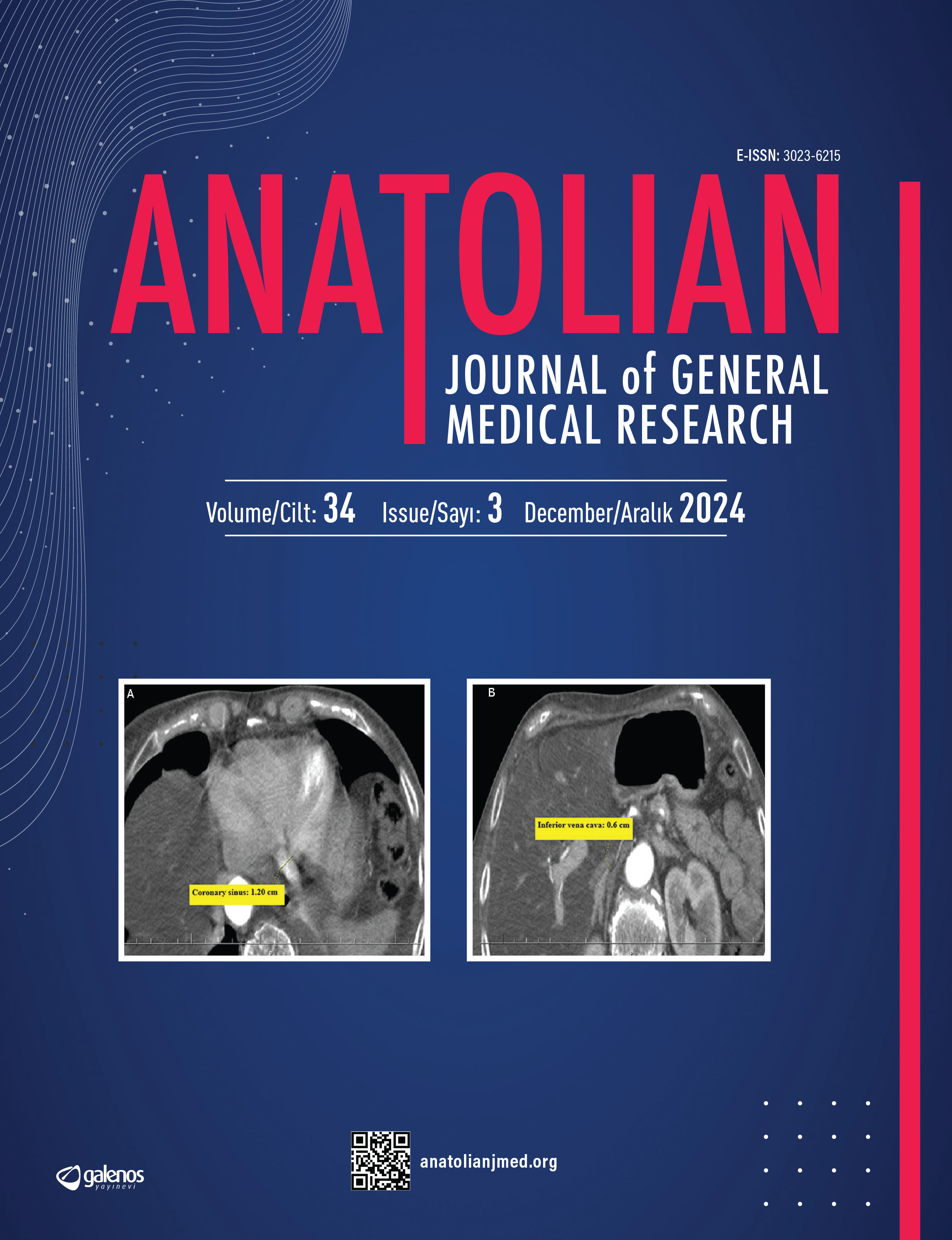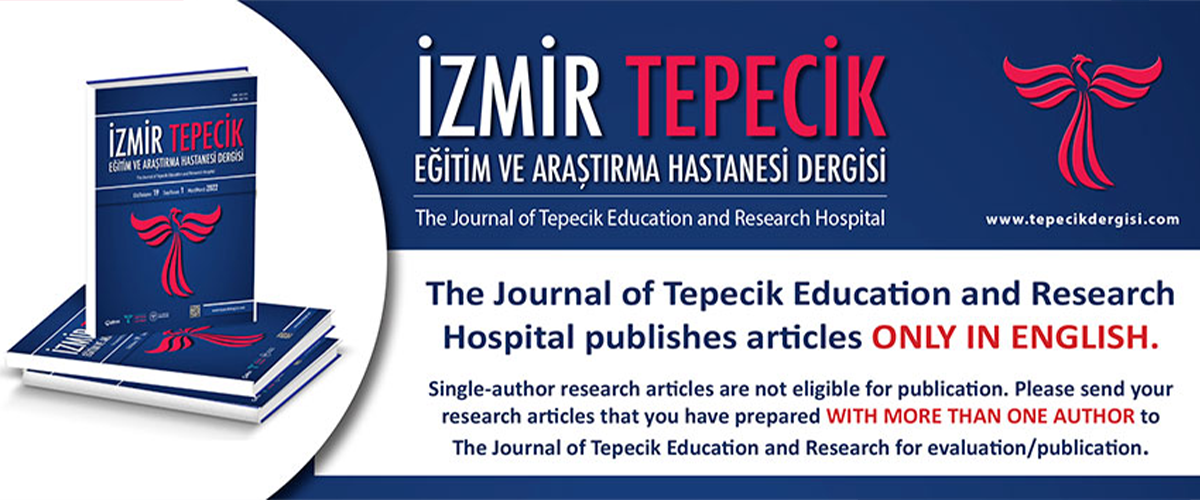








What is the Diagnostic Value of Computed Tomography in Pre-school Children with Minor Head Injuries?
Necati Üçler1, Ersin Özen2, Niyazi Taşkıran3, Ramazan Fesli41Gaziantep University Education and Research Hospital, Clinic of Neurosurgery, Gaziantep, Turkey2Aksaray University Education and Research Hospital, Clinic of Neurosurgery, Aksaray, Turkey
3Muğla Sıtkı Koçman University Education and Research Hospital, Clinic of Neurosurgery, Muğla, Turkey
4Private Tarsus Medical Park Hospital, Clinic of Neurosurgery, Mersin, Turkey
Objective: In this study, we evaluated whether computed tomography (CT) examination would be required or not, based on complaints and findings after minor head trauma in pre-school children.
Methods: In our retrospective study, the history of pre-school patients with minor head trauma, physical examination findings, Glasgow coma scale, cranial radiography, CT findings, and injury were evaluated retrospectively. The duration of unconsciousness and amnesia, presence of post-traumatic seizure, history of vomiting, and presence of scalp injury/hematoma were examined in the patient’s records. Clinical and radiological information was obtained retrospectively, and patients were re-evaluated one year later by phone. The fractures, edema, contusion, pneumocephalus, epidural hematoma, subdural hematoma, intraparenchymal hematoma, and intraventricular hemorrhage were evaluated on CT examination.
Results: Between May 2014 and May 2018, 884 patients under 7 years of age with minor head injuries were evaluated in the emergency department. Among these, anterior-posterior and lateral cranial radiography and CT were performed in 262 patients. None of the patients had neurological deficits. Scalp laceration/hematoma was detected in 36 (16%) patients. Fifty-two (24%) patients vomited once, whereas 12 (5%) and 5 (2%) vomited twice and thrice, respectively. A loss of consciousness (LOC) duration of <5 min was observed in 25 (11%) patients. None of the patients had a history of LOC duration of more than 5 min. However, all three patients with skull fracture had a history of LOC.
Conclusion: We believe that clinical examination and other imaging methods may reduce the need for CT evaluation in pre-school childhood patients with minor head trauma.
Manuscript Language: English
(427 downloaded)




